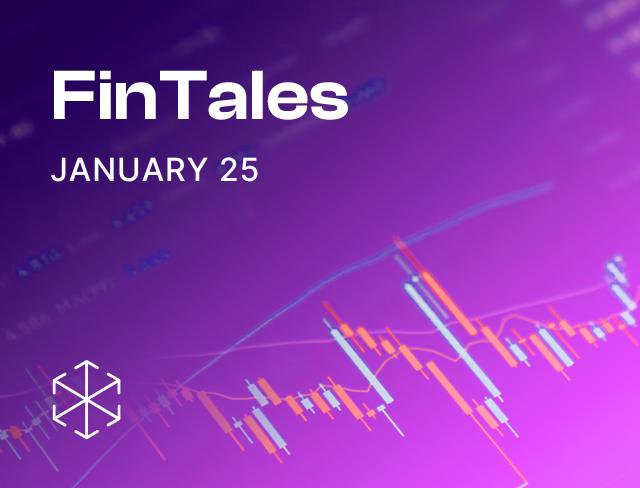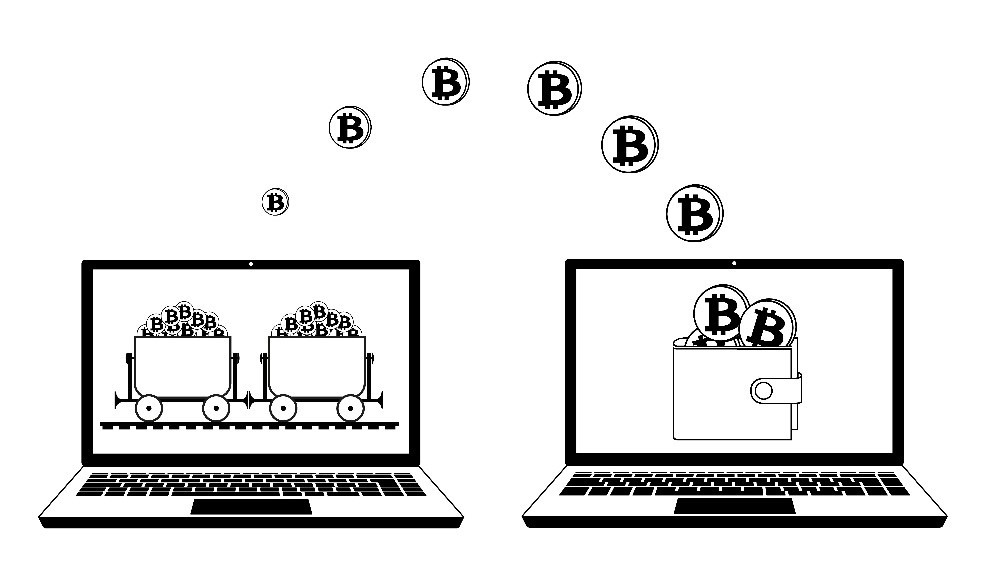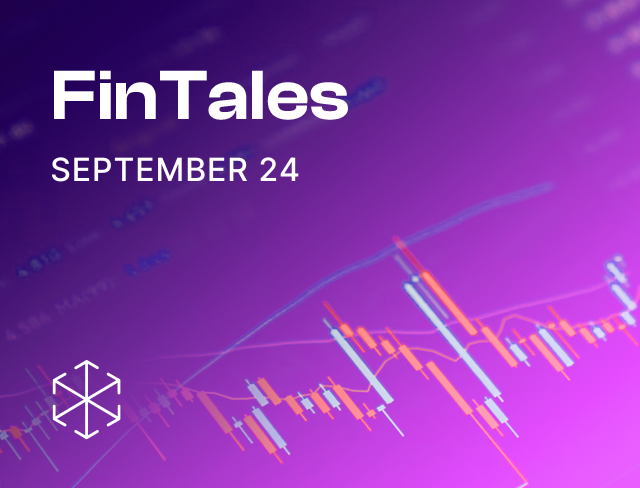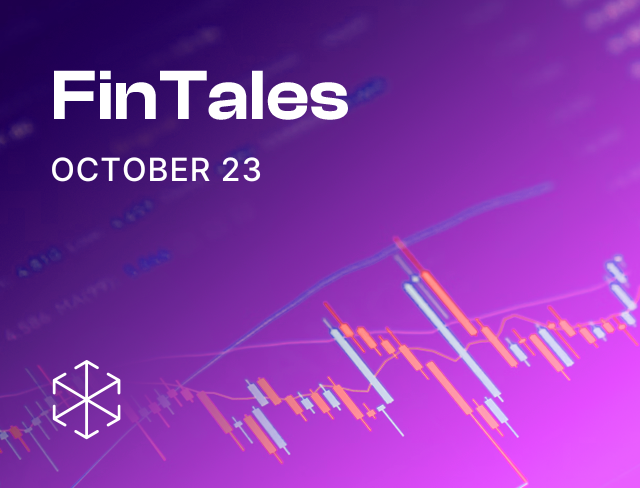What was promised?
In November 2018, The US Securities and Exchanges Commission (“SEC”) promised to come out with a ‘plain English’ guidance for developers who wished to undertake their own token offerings[1] (‘token’ is used to indicate a cryptocurrency, crypto-asset or a digital asset; these terms are used interchangeably here, strictly for the purposes of this document). This guidance was expected to address concerns of initial coin offerors around whether their tokens would qualify as securities under US securities’ laws or not. This determination is important because if their tokens do indeed qualify as securities, the token offerors will have to fulfil compliances under the US securities’ laws, unless they qualify for an exemption.
What was delivered?
The SEC delivered on its promise on 03 April 2019 when the Strategic Hub for Innovation and Financial Technology (“Staff”) of the SEC released the Framework for ‘Investment Contract’ Analysis of Digital Assets (“Framework” or “Document”)[2]. At the outset, one can make two observations about the document. First is its disclaimer that the framework “is not a rule, regulation, or statement of the Commission, and the Commission has neither approved nor disapproved its content. Further, this framework does not replace or supersede existing case law, legal requirements, or statements or guidance from the Commission or Staff”[3]. This means that the Framework is not a binding document. This may be a little disappointing for those who expected an authoritative direction on the question. However, it is likely that going ahead the SEC will rely on this collation (for the lack of a better word). Even if this is only a collation, it still indicates a willingness to work with industry players to come up with a mutually acceptable framework for regulating cryptocurrencies. For an optimist, this may also indicate increased comfort of the SEC with crypto assets. Secondly, one could criticise the document on the ground that it merely reiterates things which were known earlier. The Document itself states that it builds on guidance that has previously been offered by the SEC[4]. Further, the Document only gives its views in context of the three ingredients of the Howey test, established in SEC v. W.J. Howey Co. (“Howey”)[5]. For the uninitiated, the Howey test is used to determine whether a contract, scheme or transaction is an ‘investment contract’ under American securities’ laws[6]. An investment contract is one of the many kinds of securities[7], therefore, if a token qualifies as an investment contract, it automatically qualifies as a security. The Howey test includes three prongs – there should be an investment of money; the investment of money should be in a common enterprise; and the investment of money should be with a reasonable expectation of profits, which are derived from the efforts of others.
Good, bad or a just difficult?
Delving into the framework itself, it seems to focus majorly on the third prong i.e. ‘reasonable expectation of profits, which are derived from the efforts of others.’ The first two prongs have been cursorily dealt with, stating that they are met in most token offerings and hence do not require greater fleshing out. The third prong is divided into two – (a) reliance on efforts of others and (b) reasonable expectation of profit.
Some stipulations in the Framework within the third prong may be thought to be onerous, making it hard for token offerors to undertake an initial coin offering (“ICO”). These observations make reference to, what the Framework calls Active Participants (“AP”). APs include promoters, sponsors or other third parties whose managerial efforts may influence the success of the enterprise for which the ICO is conducted.
What’s difficult?
Within the sub-head of ‘Reliance on the Efforts of Others’, the Staff observes that the purchaser of the token should rely on the efforts of the AP for the success of the enterprise[8]. This is relevant for the way a token is marketed in the white paper and on other public fora. For instance, if a promoter makes a public claim that s/he would ensure that a token’s value increases over time and that s/he would personally make efforts to this effect, the SEC would probably draw the conclusion that s/he is offering a security for sale. As a matter of fact, the Framework goes a step further and states that regardless of public expectation, APs should not undertake essential managerial functions which affect the success or failure of the enterprise[9]. Not only is this vague, it is also impractical. People who have invested their time in getting a platform up and running will invariably have some opinions on how to take the enterprise forward and will make observations and recommendations to that effect. The Framework also mentions that an AP should not be responsible for the development, improvement, enhancement, operation or promotion of the network (a network would include an enterprise, platform or an application and all grammatical variants thereof), particularly if the purchasers rely on such acts by APs while deciding whether to invest in the digital asset[10]. This stipulation makes it practically impossible for APs to have any say in the platform which they have developed and built. If the interpretation of this stipulation is as wide as it appears at first brush, APs would practically have to withdraw from the management of the platform as soon as, if not before, it is launched. Further, the Framework recommends that APs should also not create/support a market (or price) for the token[11]. This impinges directly on the ability of the AP to further develop the platform. Some more concerning recommendations are to the effect that the AP should not have a central role in governance issues, code updates[12], in determining the rights the digital assets represent[13], determination on secondary markets for the digital asset[14].
These recommendations should be thought of as indicative and not determinative of the question of whether this ingredient is met. So one may argue that not all is lost.
The Framework also recommends measures to reduce the benefits which APs can derive from an appreciation in the value of the token[15]. This is understandable, since it ensures that there remain no incentives for the APs to cause the value of the token to appreciate.
Within the sub-head ‘Reasonable Expectation of Profits’, the Staff clarifies that profits would include profits earned through capital appreciation or through a participation in the earnings of the network[16]. Additionally, this stipulation entails that the digital asset does not bestow upon the purchaser the right to dividends or distributions[17], that the digital asset is not transferable or traded, on or through, a secondary market or platform in the present or the future[18]. The logic behind these restrictions is that since a utility token is offered exclusively to deliver a consumptive right, it should not carry rights to dividends, profits or the opportunity to speculate on its value. On trade-ability, the Framework recommends that if at all a secondary market is created for a particular digital asset, then it should be ensured that it can be traded only by and among users of the network[19]. Arguendo, this may deter speculative trading of the digital asset by design.
Some other stipulations propose to restrict the sale of tokens only to those people who are realistically expected to use the goods/services offered in exchange for the token[20], and restrictions on the quantities in which the tokens are sold. This may have been proposed to maintain parity between the token sold and tokens reasonably expected to be consumed on the platform[21]. This stipulation, if effectuated would severely limit the ability of investors to purchase digital assets en masse to derive profits from them, at a later date. This would also compel ICO issuing businesses to open up the offering to individuals genuinely interested in the digital asset instead of restrictively offering it to institutional investors.
Then again, even under this sub-head, there are certain stipulations which are either hard to comply with or are downright arbitrary. For instance, the Framework recommends that the APs should not secure funds in excess of what may reasonably be needed to establish a functional network/enterprise or a digital asset[22]. This suggestion is overreaching and impeded the operation of a free market. If nothing else, companies/foundations may use proceeds from the sale of tokens for future expansion or research and development. ‘Excess’ and ‘reasonably’ are vague terms and much may turn on a subjective determination of these terms. Secondly, the Framework recommends that the AP should not use the funds from proceeds or operations to enhance the functionality or value of the network or digital asset[23]. At first glance, this suggestion seems arbitrary and unreasonable. Companies should be free to deploy funds raised from sale of goods to improve the platform on which these goods are to be used.
The Document recommends that the digital asset should not increase in value over time. In fact, it should be designed in a way that its value decreases over time[24]. We believe that this is tantamount to regulatory overreach. If something is designed to increase in value over time then it may be considered a security. However, if this increase in value is a function of the market forces of demand and supply, then it may be unreasonable to deem it a security. It is important to assess the intent of the offering for the purposes of regulation. As a matter of fact, even the Document makes an observation to this effect when it says that profits which are derived as a consequence of external or market forces[25].
One stipulation which is nearly impossible to comply with is that APs should not have access to material, non-public information about the digital asset[26]. One may argue that this stipulation has been included in the Framework only by way of abundant caution and that it does not have much relevance as a standard to distinguish digital assets purchased solely for utility – from securities. This is because the AP will invariably have some level of information about the network or the digital asset which is not available to the public at large.
What’s good?
The Framework is a start and a good one at that. This is because it collates and publicises all the considerations which inform the SEC when deciding whether a token is a security or not. Further, it indicates an increasing cosiness to the idea of ICOs. As opposed to earlier when the narrative was one of pulling up ICOs up for not complying with US securities’ laws, we can see a shift to a cooperative and collaborative approach. This is evident in the Document itself, whereby the Staff encourages market participants to engage with the Staff through the prescribed website. At some level, maybe the SEC also realises that token regulation is a tough nut to crack and that it could benefit immensely from dialogue with market participants.
The Framework must also be commended for accounting for the possibility that tokens which initially qualified as securities may cease to be so, upon certain developments. These include scenarios where the purchasers no longer reasonably expect the efforts of the AP to contribute towards the value of the token[27], where the value of the token has shown a direct and stable correlation with the value of the good or service for which it may be exchanged or redeemed[28], where the AP no longer has access to material, non-public information or any form of insider information about the digital asset[29], amongst others.
Industry response
The Framework has elicited mixed responses from industry players:
- “While it’s helpful and it’s good to see the SEC remains focused in this area, it’s not quite as useful as a law or a rule or even formal guidance would be.” “A lot of it is a reiteration of what the law is and has been” said Andrew Hinkes, an attorney with Carlton Fields and general counsel for the investment bank Athena Blockchain[30]. On APs, he added, “This is a pretty broad and pretty flexibly defined group and by the look of this AP definition, you start to wonder, will promoters be involved? Will independent activists or shareholders be determined to be APs and then swept into this analysis?”[31]
- Said Jake Chervinsky, an attorney with Kobre Kim on APs, “In other words, if Company A sells a token on the promise that purchasers will profit from Company B’s efforts, the token could still be a security even if Company A has nothing to do with the project after the token is issued. I do think there could be some token projects in this situation.”[32]
- “I believe today’s SEC Framework is intended to help the industry and give companies more factors to consider”[33] said Hailey Lennon, head of legal and regulatory affairs with bitFlyer USA. She added “Today’s SEC Framework provides additional clarity but it does not give the industry all the answers. … The ‘Other Relevant Considerations’ on page 9 and 10 illustrate that digital assets don’t fit neatly into the Howey test and there are additional factors from cases that the industry needs to consider.”[34]
Conclusion
The Framework has received both bouquets and brickbats. The conflicting opinions are best embodied in the tweets below:
“The SEC published its DLT Framework today, giving us an in-depth look into how they think the Howey test should apply to digital assets. It isn’t perfect, but it is a *huge* upgrade from the DAO Report. I’ll throw some shade at the SEC later today, but for now, I give them ??.”
-Jake Chervinsky[35]
“…Anyway. tl;dr, the SEC doc and the no-action letter are, legally speaking, nothingburgers. What these documents tell us is that the Commission understands the issues and is unlikely to be swayed by technobabble…”
–Preston Byrne[36]
We’ll see the glass half full for now (i.e. only difficult), believing that things will get better for cryptocurrencies as we go ahead.
For a point by point analysis of the Framework, refer our blog, ‘Planning a token offering? Take note of the SEC’s Framework for ‘Investment Contract’ Analysis of Digital Assets.
(Authored by Ratul Roshan, Associate, with inputs from Anirudh Rastogi, Founder at Ikigai Law)
[1] N. De, A. Stanley, SEC Official Says ‘Plain English’ Guidance on ICOs is coming, 05 November 2019, available at https://www.coindesk.com/sec-official-says-plain-english-guidance-on-icos-is-coming.
[2] Framework for “Investment Contract” Analysis of Digital Assets, available at https://www.sec.gov/files/dlt-framework.pdf.
[3] Endnote 1, Framework.
[4] Endnote 1, Framework.
[5] SEC v. W.J. Howey Co., 328 U.S. 293 (1946), available at https://supreme.justia.com/cases/federal/us/328/293/#301.
[6] Howey, 328 U.S. 293 (1946).
[7] Page 1, Framework.
[8] Page 3, Framework.
[9] Page 3, Framework.
[10] Page 3, Framework.
[11] Page 4, Framework.
[12] Page 4, Framework.
[13] Page 4, Framework.
[14] Page 4, Framework.
[15] Page 5, Framework.
[16] Page 6, Framework.
[17] Page 6, Framework.
[18] Page 6, Framework.
[19] Page 10, Framework.
[20] Page 6, Framework.
[21] Page 7, Framework.
[22] Page 7, Framework.
[23] Page 7, Framework.
[24] Page 9, Framework.
[25] Page 6, Framework.
[26] Page 8, Framework.
[27] Page 8, Framework.
[28] Page 8, Framework.
[29] Page 8, Framework.
[30] N. De, SEC’s Crypto Token Framework Falls Short of Clear and Actionable Guidance, 04 April 2019, available at https://www.coindesk.com/secs-crypto-token-framework-falls-short-of-clear-and-actionable-guidance.
[31] N. De, SEC’s Crypto Token Framework Falls Short of Clear and Actionable Guidance, 04 April 2019, available at https://www.coindesk.com/secs-crypto-token-framework-falls-short-of-clear-and-actionable-guidance.
[32] N. De, SEC’s Crypto Token Framework Falls Short of Clear and Actionable Guidance, 04 April 2019, available at https://www.coindesk.com/secs-crypto-token-framework-falls-short-of-clear-and-actionable-guidance.
[33] N. De, SEC’s Crypto Token Framework Falls Short of Clear and Actionable Guidance, 04 April 2019, available at https://www.coindesk.com/secs-crypto-token-framework-falls-short-of-clear-and-actionable-guidance.
[34] N. De, SEC’s Crypto Token Framework Falls Short of Clear and Actionable Guidance, 04 April 2019, available at https://www.coindesk.com/secs-crypto-token-framework-falls-short-of-clear-and-actionable-guidance.
[35] N. Maurya, SEC Takes a Historic Step as it Clears its Stance on Token Offering, 04 April 2019, available at https://coingape.com/sec-clears-stance-token-offering/.
[36] Preston Byrne is a lawyer. His tweet was found in Chalk One Up in the Crypto Vocab Directory as Lawyer Calls SEC’s New Framework a “Nothingburger”, authored by Tokoni U, dated 04 April 2019, available at https://bitcoinexchangeguide.com/chalk-one-up-in-the-crypto-vocab-directory-as-lawyer-calls-secs-new-framework-a-nothingburger/.










